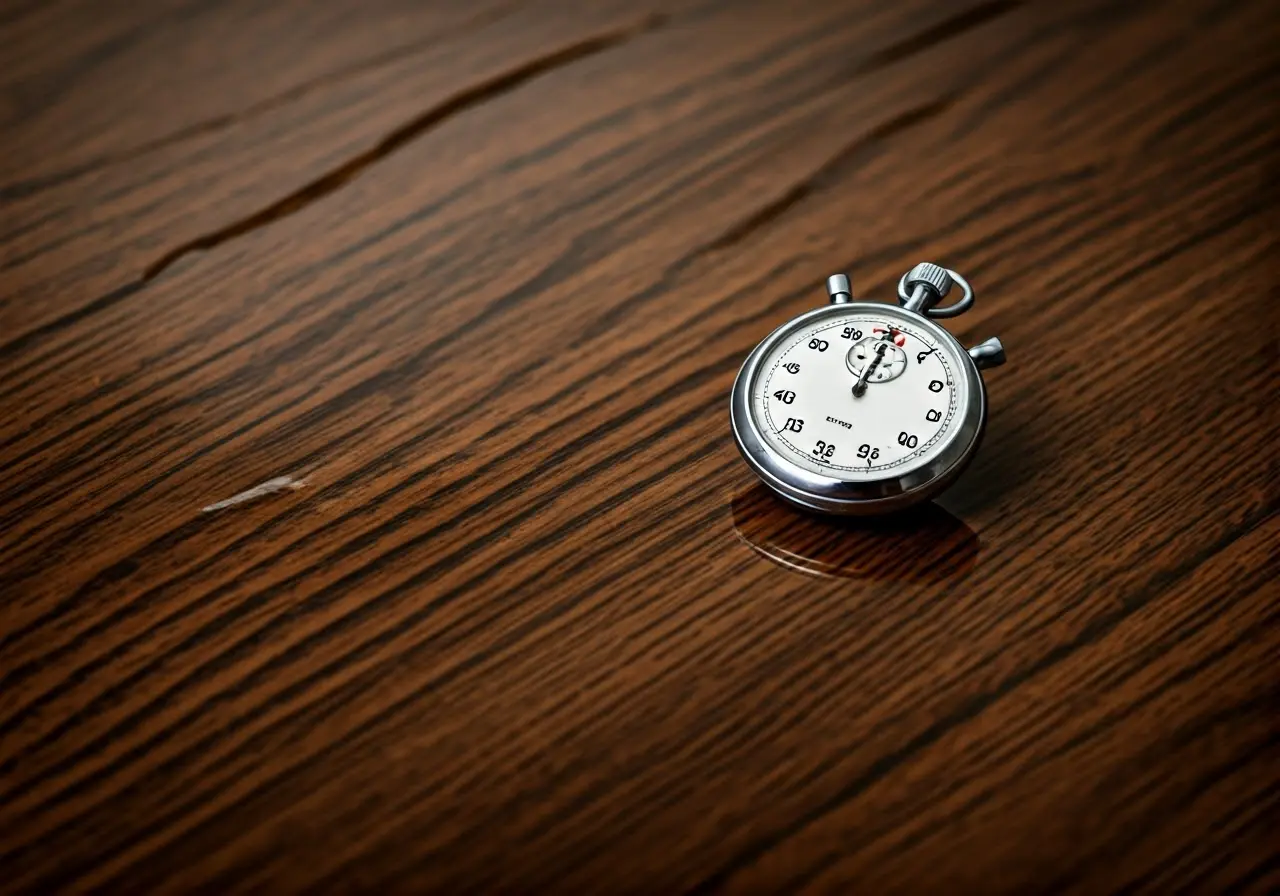How Long Does Water Damage Repair Take?
Water damage can be devastating for homeowners, and one of the biggest concerns is the time it takes to complete the repairs. Understanding the timeline can help you prepare better and lessen the associated stress. Let's dive into the factors that can affect your water damage repair timeline.
Understanding Different Levels of Water Damage
Water damage can vary from minor leaks to significant flooding. Each level impacts the repair timeline differently. Light water damage might require only a few days, whereas extensive flooding could extend the repairs to weeks.
Imagine dealing with a small leak; this is often manageable in a couple of days with proper attention. However, a major flood from a burst pipe or natural disaster is an entirely different scenario. Such events can cause severe structural damage, requiring a more extensive and prolonged repair process. These differences highlight the necessity of a thorough initial assessment to understand the scale and scope of the damage accurately.
Moreover, understanding whether the water source is clean or contaminated is crucial. Clean water from a pipe leak presents fewer complications compared to greywater or sewage, which pose health risks and can further prolong the remediation process. Addressing these different kinds of water sources rapidly ensures a safer and quicker restoration.
Initial Assessment and Water Removal
The first step in water damage repair is assessing the extent of the damage and removing any standing water. This process can take anywhere from a few hours to a couple of days, depending on the volume of water.
Employing modern technology, skilled professionals use specialized equipment to detect moisture levels and identify the hidden areas affected by water. This data-driven method ensures no nook or cranny is overlooked, allowing for a targeted removal strategy. The initial assessment sets the pace for the entire repair process, dictating the urgency and scale of the water removal efforts.
Drying and Dehumidification Process
Once the water is removed, drying and dehumidification help prevent mold. This stage usually lasts between 2-7 days. The goal is to remove all moisture from affected materials thoroughly.
Think of this step as a crucial insurance policy against mold growth. Mold can begin developing within 24 to 48 hours under moist conditions, making it essential to address residual moisture quickly yet thoroughly. Industrial dehumidifiers and air movers are typically deployed during this time to draw out moisture and enhance air circulation. The efficiency of this step is influenced heavily by climatic conditions; for instance, high humidity outside can slightly lengthen the drying period.
Repairing and Restoring Damaged Areas
The final stage involves repairing or replacing damaged structures, such as drywall and flooring. The time needed can vary based on how much reconstruction is required. Typically, this can range from several days to a few weeks.
Analyzing the materials affected helps prioritize which areas need immediate attention versus those that can withstand a bit of a wait. For example, wooden structures or surfaces may take more time because they often need to be sanded down and refinished if swollen. Meanwhile, drywall replacement might be quicker but still requires precise installation and repainting. An experienced restoration team should guide you through this carefully, ensuring the repairs are seamless and align with the home’s pre-damage aesthetics.
Factors Affecting Repair Time
Several factors can influence how long water damage repair takes. These include the size of the area affected, the types of materials damaged, and the weather conditions, which can impact the drying process.
The material composition of your walls or flooring will dictate how much time they require for thorough treatment. Porous materials, like carpets or insulation, are more susceptible to water retention and potential mold growth, hence needing longer drying times than non-porous materials like metal and glass. Also, the expertise and availability of the repair team can significantly affect the duration. A team with vast experience and the latest equipment ensures faster and more effective restoration, mitigating prolonged disruption to your daily life.
Weather plays an undeniable role in influencing the repair timeline. High humidity levels or rain can slow down drying, while warm, dry conditions can speed things up. Assessing these factors beforehand allows for an adjusted strategy that takes environmental factors into account, ensuring no surprise delays occur down the line.
Wrapping Up the Repair Timeline
In conclusion, water damage repair timelines can vary significantly based on the extent of the damage, the effectiveness of initial water removal and drying, and the types of materials involved. By assessing these factors and consulting with a professional water damage restoration company, you can get a more accurate estimate and ensure your home returns to its pre-damage condition swiftly.
Eastern Restoration & Disaster will assist in all steps of the restoration process. Not only will we mitigate the water damage, but we will also restore the property and guide you on the insurance claim process. Call now at 919.907.3826.


